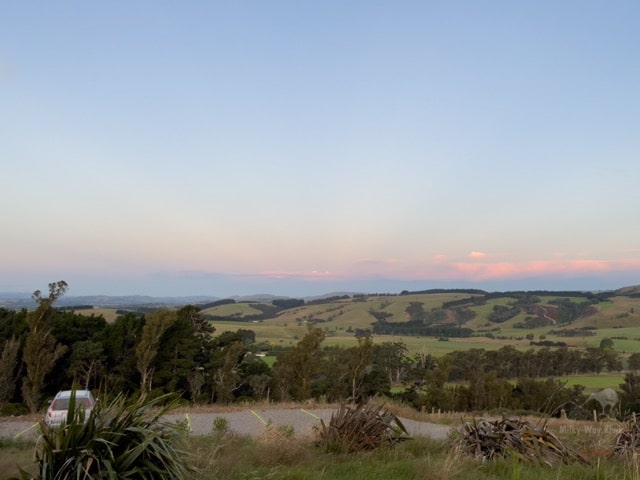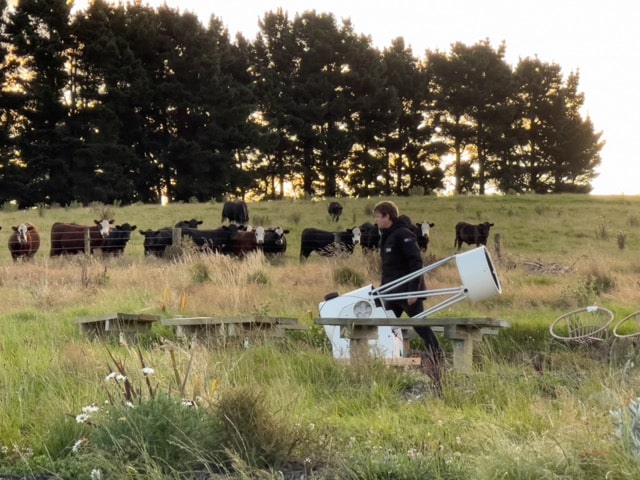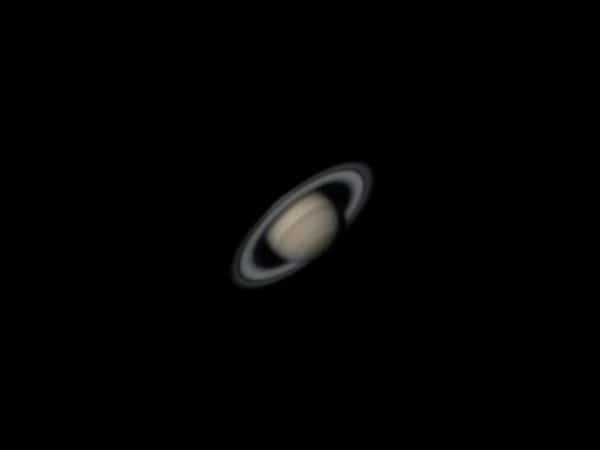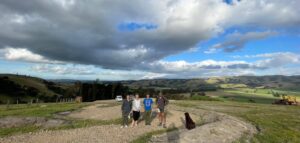The 20th of January was a great night despite the clouds’ threat. In the end, the skies cleared out, and we saw all of our stargazing targets. We were also fortunate to have Ian Cooper with us. Ian is a walking encyclopedia of astronomical objects, so he helped us find a few new objects to delight our visitors.

Writing down the things you look at during stargazing is a great idea. So we have observing lists and write the atmospherical conditions we encountered during the observing session. We had two sessions, one from 9 PM to 10:30 PM and the other from 11:00 PM to 12:30 AM.
For the 20th of January, these were
- Bortle Scale: 3
- Transparency: 3 out of 5 (clouds kept coming on and off)
- Seeing: poor (lots of high clouds)
We observed many objects, among which the Fornax Clusters of galaxies, the Cigar Galaxy, the 6752 Peacock Globular Cluster and the Black Arrow cluster.
Saturn and Jupiter were the delight of the earlier session and have set by 11 PM when the second session started. Mars was visible throughout the night.















The last couple of objects we looked at were NGC2070 (the Tarantula Nebula) and 47 Tuncanae. At Ian’s suggestion, we popped the OIII filter on for the view of Tarantula. What a treat! With the position of Tarantula being nice and high and the conditions having improved, we were wooed by the astonishing filaments terminating out of the spider shape and the well-defined dark bubbles of long since past supernovae.






